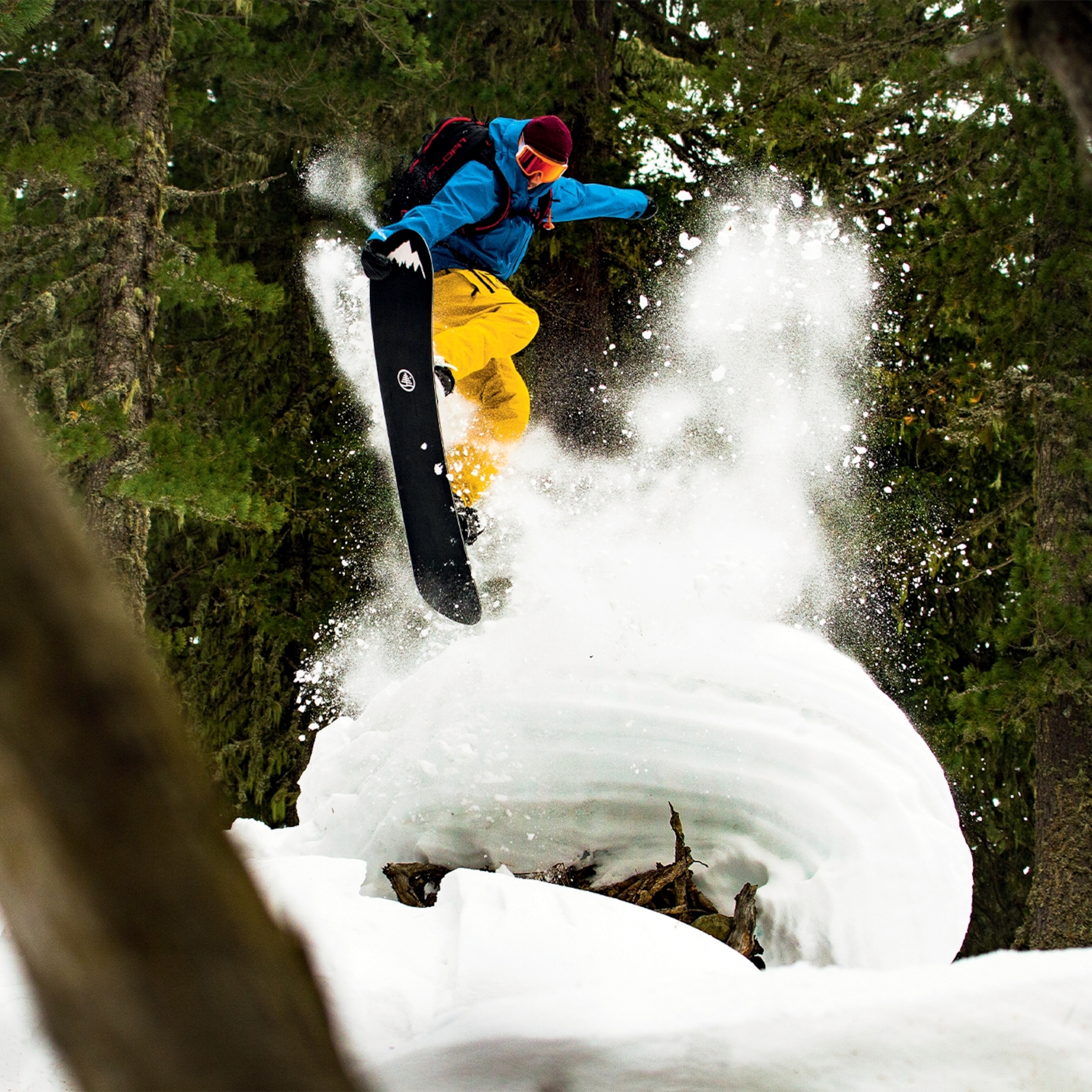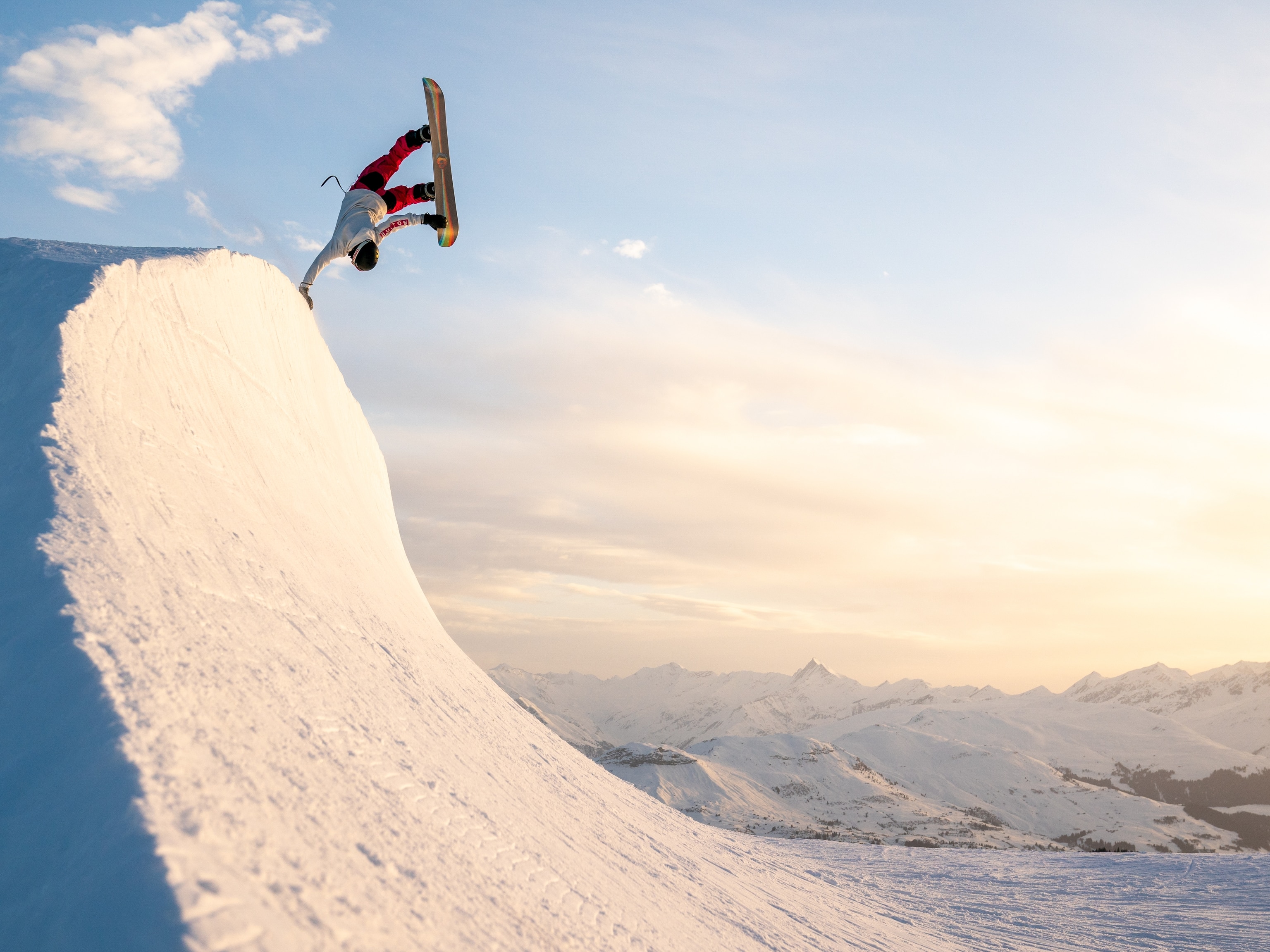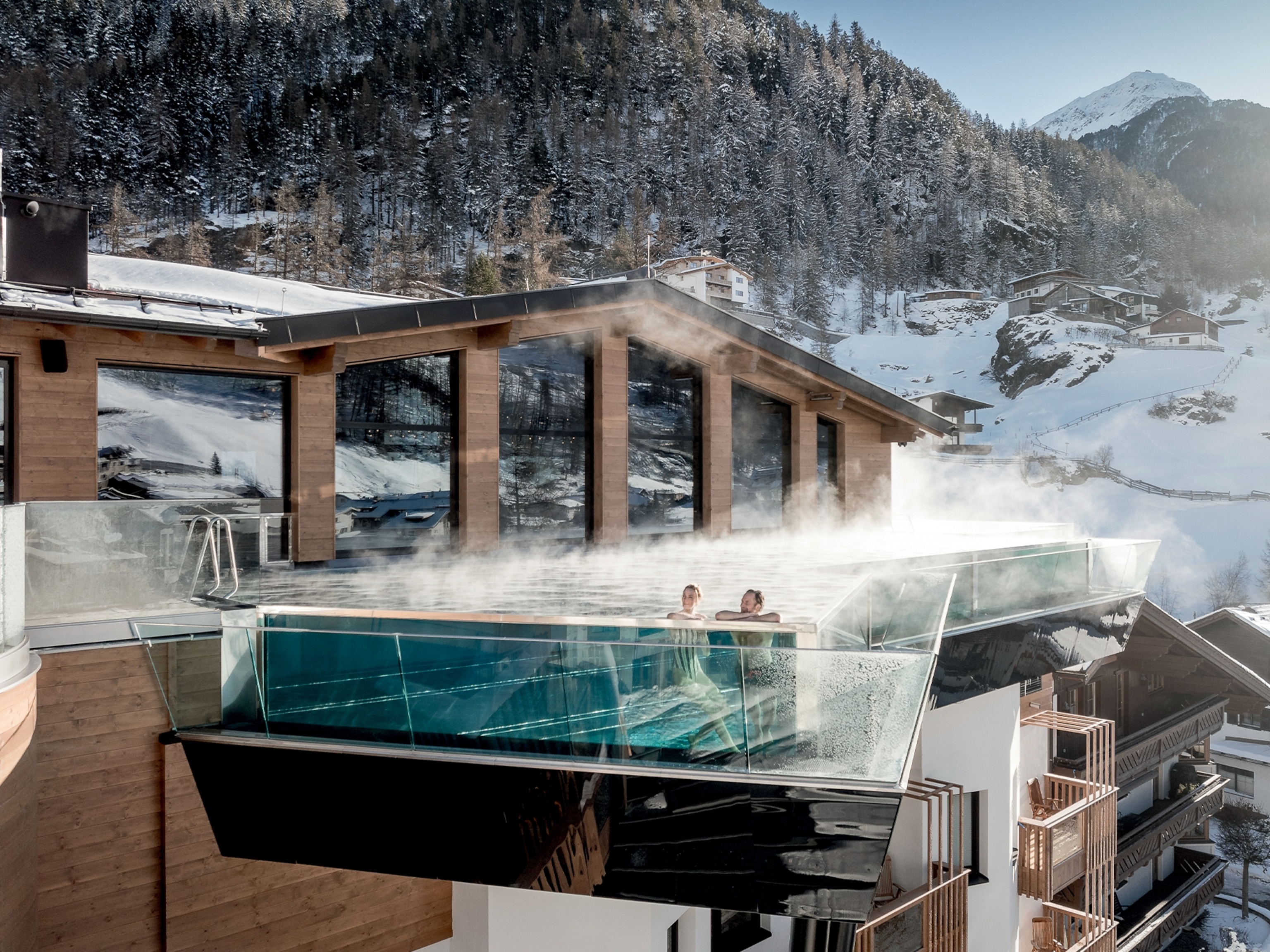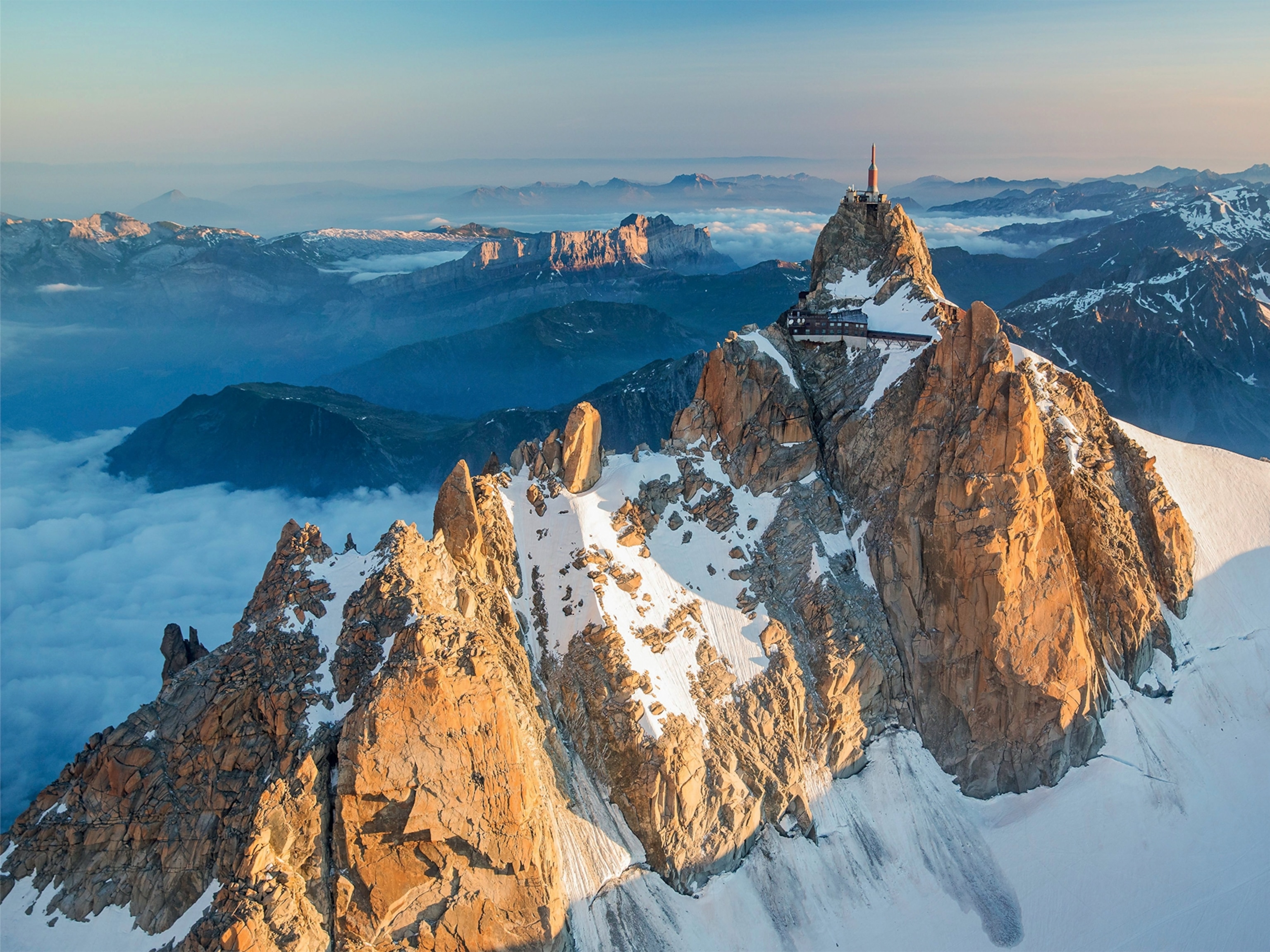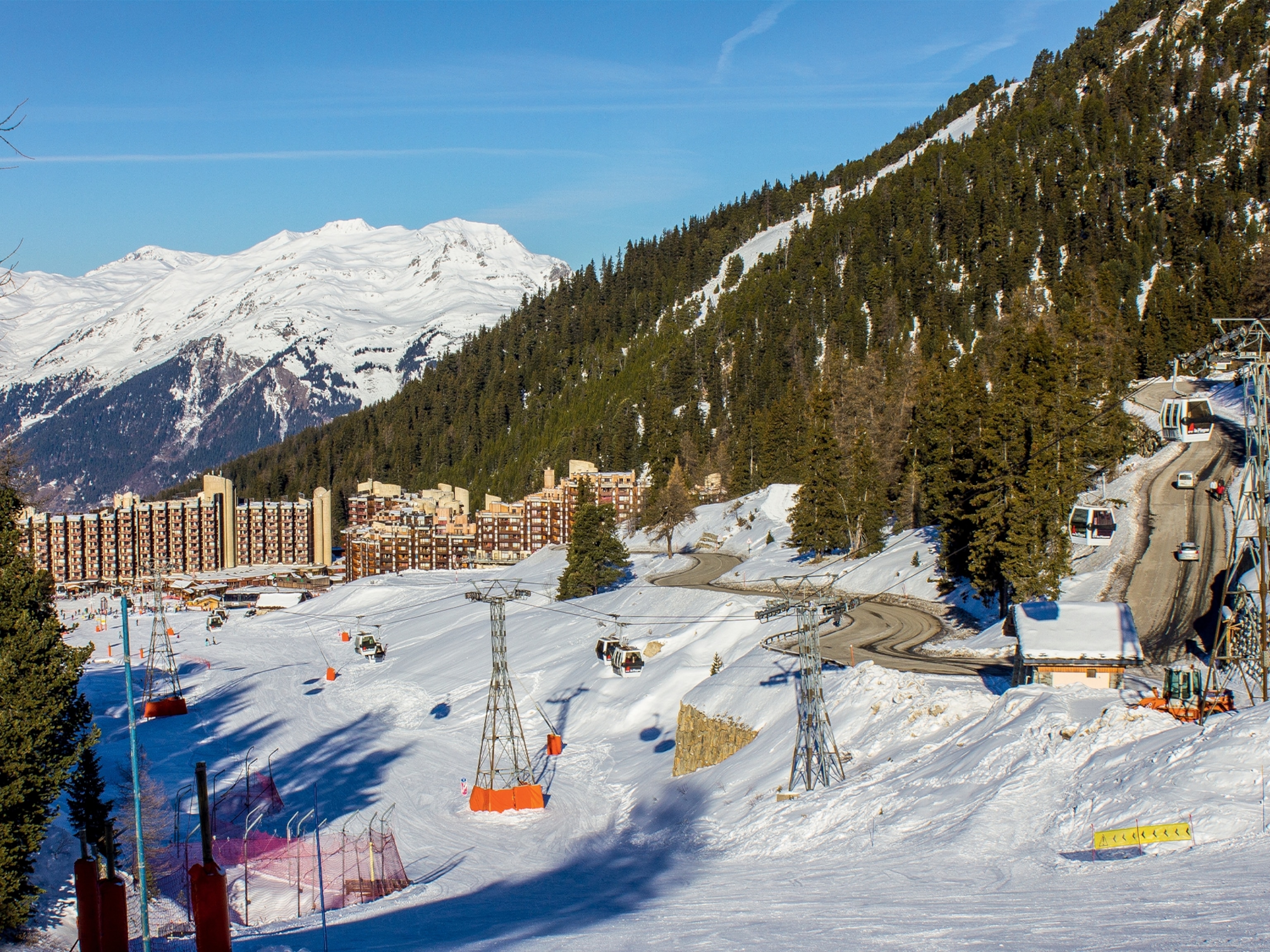Want to learn how to ski? Let an Olympian teach you.
Training camps led by big names in the world of winter sports have been gaining in popularity. Here are a few places where you can learn from the best.
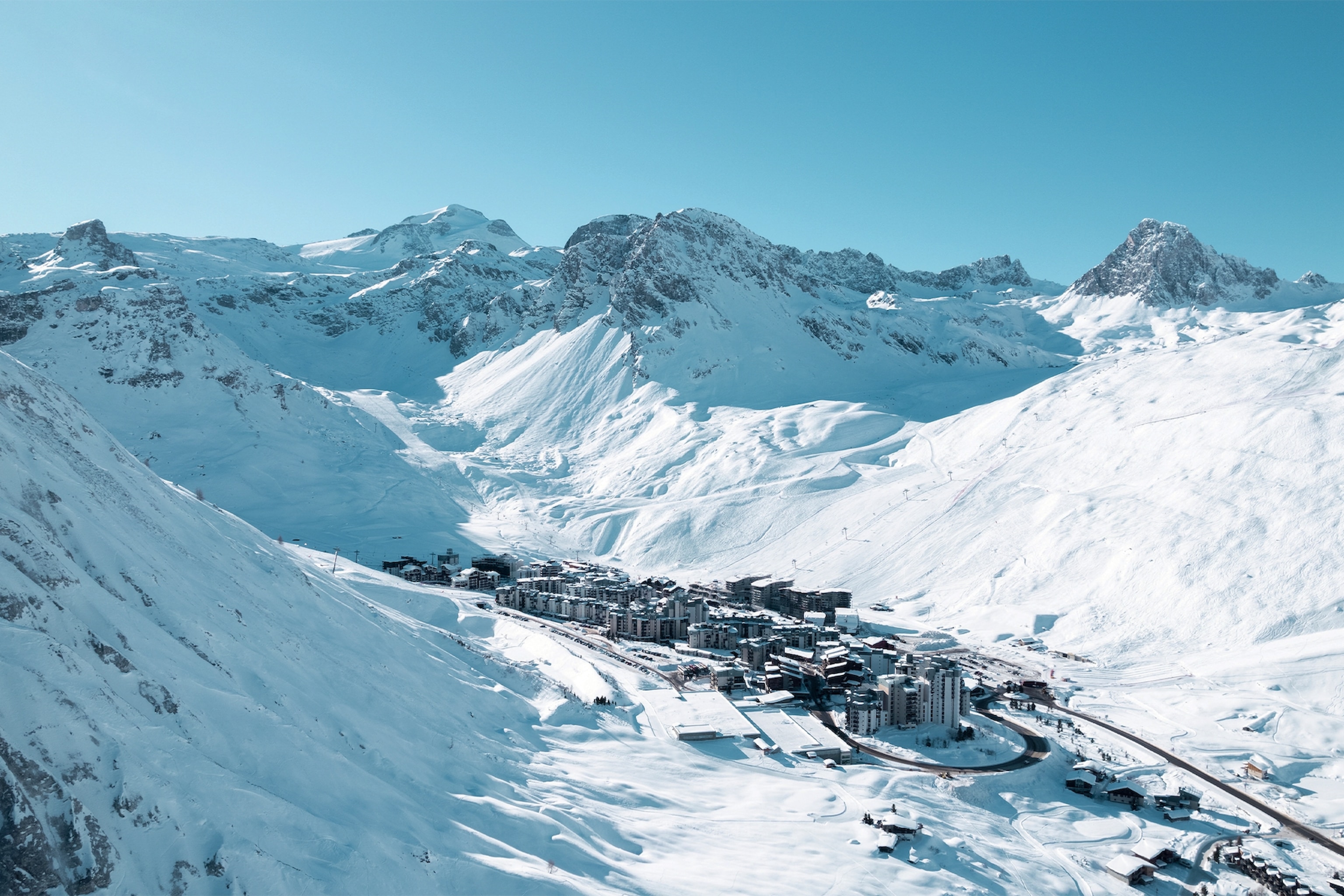
The sight of one of Britain’s greatest ever skiers bombing over the brow of the hill in a classic racing tuck will remain chiselled into my memory for years to come.
“Was that Chemmy Alcott?” asks one of a group of skiers who pulls up beside us, stopped in their tracks by the very distinctive sight of the blonde-haired Olympian and presenter of the BBC’s Ski Sunday rounding the practise gates. I generally eschew celebrity culture, but it’s hard not to feel total awe while watching the four-time Olympic skier on a racecourse — even just a small one piste-side in Tignes.
I’m here as part of a residency Chemmy is hosting at Club Med Tignes. This week-long ski camp offers the chance for regular skiers like me to pick up tips from an inspirational pro. And for anyone wondering, Chemmy’s inimitable presenting skills transfer to real life; she’s the same in person as she is on screen, brimming with energy, enthusiasm, knowledge, insight and fun.
“I have a healthy relationship with fear,” she’d said to me earlier, as we tucked into a nutritious breakfast of eggs and salad from the buffet — protein and antioxidants — after beginning the day with a 7am yoga session in the gym. “People need to push themselves out of their comfort zone — we’re all coasting in life, working at 80%,” she continues. “Personal growth is choosing to go beyond that 80%, opening yourself up to phenomenal success, but also risks and mistakes. I never lose, I either win or I learn.”
And win, Chemmy did. She raced in four consecutive Winter Olympic Games — at Salt Lake City, Turin, Vancouver and Sochi — and in seven FIS World Championships. She has won 44 gold medals during the course of her career and was at one time the eighth-ranked skier in the world. Despite breaking 49 bones in her body, including shattering her right leg, Chemmy has overcome life-changing injuries to continue racing. When she retired in March 2014, she was the only British female skier to have won a World Cup run.
“My catchphrase is ‘no falls, no balls’,” she says, as I move on to baguettes, croissants and jam (we are in France after all, and the buffet is a sight to behold, wannabe athletes or not). “Whether you’re a beginner or a pro, if you’re not falling, you’re not learning.”
Club Med runs residencies with top-level athletes throughout the year to showcase its facilities and, according to UK managing director Nicolas Bresch, “create once-in-a-lifetime experiences” for guests. Previous star hosts during winter include the likes of Graham Bell, Billy Morgan, Jenny Jones, Aimee Fuller and Jamie Nichols.
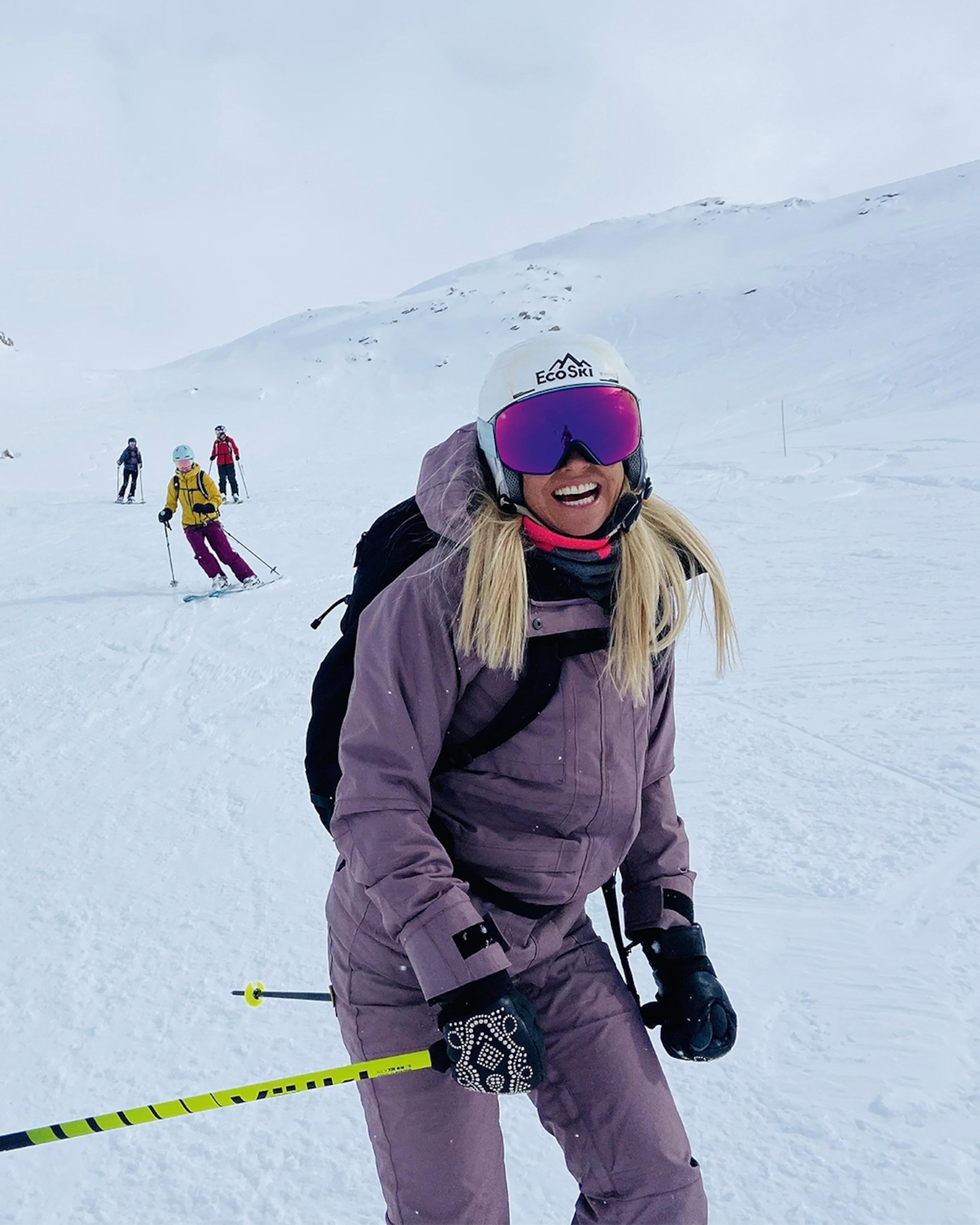
Skiing with big names has been gaining traction in the world of winter sports holidays. Top-level athletes are often paid by companies to host special weeks on the snow, from legendary ski jumper Eddie ‘the eagle’ Edwards and former England rugby international Mike Tindall to GB ski racer Konrad Bartelski.
And Chemmy, who, as well as keeping us busy before we hit the slopes with yoga and talking us through an athlete’s menu at mealtimes, hosts various ski clinics. We cover carving, racing and off-piste skiing as well as taking spa visits and trips into Tignes to explore the market, not to mention some apres-ski fun.
“While she obviously knows skiing, Chemmy made great suggestions like tubing in the village with our 14-year-old daughter,” says Clara Tonks from Bristol, who took part in the camp with her husband Steve. “Which isn’t something we’d have known about. Her whole approach was about being enthusiastic, open and willing to give her time to help us.”
Expert insight no doubt pays dividends. During the course of my work as a ski writer, I’ve been lucky to have slope time with some incredible athletes — from one-off runs with Freeride World Tour skiers to the ‘Ski with the Superstars’ camp run by Chris Davenport in Portillo, Chile, every August. I find the love a top athlete has for their sport generally improves the way I learn — and it’s not just the slope time. Conversations over breakfast, on the chairlift and in the apres-ski bar offer fascinating insights into what makes these people tick — not to mention the great pro tips.
And this week with Clemmy in Tignes is no exception. I’ve been trying to improve the fluidity of my left turns for years. A series of injuries to my left side and the fact that I’m right-handed, and therefore right dominant, means I skid my turns to the left. Even going through my instructor exams a few years back didn’t entirely solve the problem, which has been exacerbated by more injuries. I arrived in Tignes intent on sorting it out.
“Think about putting grapes in your ankle joints,” Chemmy suggests to me, “then making Bordeaux with those grapes. Keep the pressure all the way around the turn, hip in front of your knees.”
It sounds like basic stuff, and initially I’m frustrated, because the sliding doesn’t stop. But Chemmy has created a very non-judgemental atmosphere and eventually, after videoing my technique, which no one has done for years, things finally start to click. For Carla and Steve, it was the same.

“It was brilliant to have this sort of instruction time, especially during the race clinic, when there was no right or wrong — just room to experiment,” says Carla. “The video feedback was amazing; you can really see what position your body is in and what you’re doing. And it was almost playful, trying out new things and seeing how they feel. Chemmy gives us all permission to experiment and understands people learn in different ways.”
We begin the week with some freeriding just to the side of the piste — keeping the pitch manageable and staying within sight of the lifts reduced the fear factor that can come with a big ‘off-piste’ adventure. An ESF (French Ski School) instructor, qualified to lead a group off-piste, accompanied us, checking conditions and planning the routes.
But we soon graduate to more adventurous terrain, skiing off-piste into the Valley Perdue (The Lost Valley) in Val d’Isère, and taking a fun run through a ravine to the side of the village of La Daille, which I’d never skied despite countless visits to the area. We end the final day’s skiing with some mid-afternoon dancing at the legendary La Folie Douce mountain bar-restaurant.
As I set off wearily for home, Chemmy having rounded up the group to ensure we were in time for the last lift, she surprises me once more. “I like it when people get frustrated,” she says, in response to my annoyance at taking so many years to rectify the slide on my turns. “We fear a loss of control, particularly on skis, but it’s about trusting yourself and your ability to be free. To be part of someone’s ‘eureka moment’ is such an honour, such a privilege.”
With that, she clicks into her bindings and hops off effortlessly for the last run home over a mogul-studded piste — no sign of weariness whatsoever. And I follow her, physically tired but mentally uplifted: Chemmy’s enthusiasm really is infectious.
How to do it
Chemmy Alcott also runs race and performance camps with her own company, CDC Performance in Hintertux, Austria, and Klosters, Switzerland, as well as day coaching in the UK. The Hintertux camp runs from 28 November to 8 December and costs from £700 per person for four days, tuition only.
This story was created with the support of Club Med.
To subscribe to National Geographic Traveller (UK) magazine click here. (Available in select countries only).

